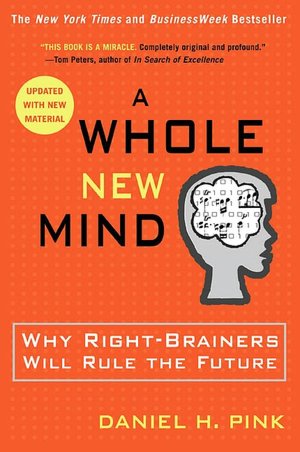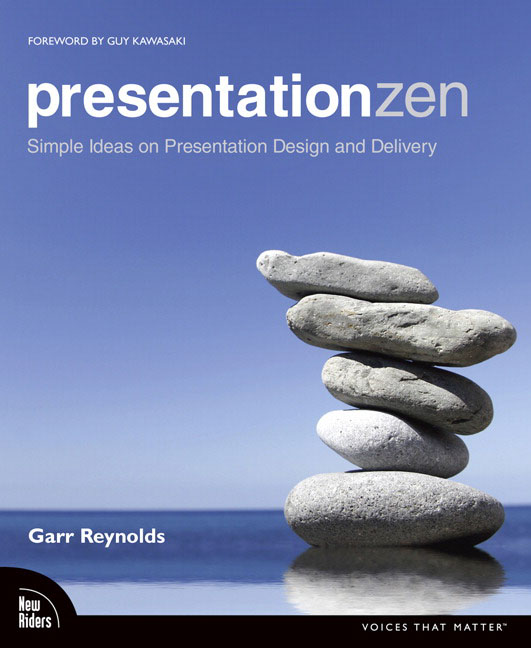UML For The IT Business Analyst
9 Feb
 Today, information-technology business analysts are often working on object-oriented (OO), Unified Modeling Language (UML) projects, yet they have a long way to go to exploit the technology beyond the adoption of use cases (just one part of the UML). This book explains how, as an IT business analyst, you can pull together all of the UML tools and fully utilize them during your IT project. Rather than approaching this topic theoretically, you will actually learn by doing: A case study takes you through the entire book, helping you to develop and validate the requirements for an IT system step by step. Whether you are a new IT business analyst; an experienced analyst, but new to the UML; a developer who is interested in expanding your role to encompass IT business-analysis activities; or any other professional tasked with requirements gathering or the modeling of the business domain on a project, you’ll be trained and mentored to work efficiently on UML projects in an easy-to-understand and visual manner. This new edition has been completely updated for UML 2.2, and includes coverage of all the relevant new BABOK 2 knowledge areas. The new edition also covers various lifecycle approaches (non-empirical, empirical, waterfall, iterative, and agile) and their impact on the way project steps are carried out.
Today, information-technology business analysts are often working on object-oriented (OO), Unified Modeling Language (UML) projects, yet they have a long way to go to exploit the technology beyond the adoption of use cases (just one part of the UML). This book explains how, as an IT business analyst, you can pull together all of the UML tools and fully utilize them during your IT project. Rather than approaching this topic theoretically, you will actually learn by doing: A case study takes you through the entire book, helping you to develop and validate the requirements for an IT system step by step. Whether you are a new IT business analyst; an experienced analyst, but new to the UML; a developer who is interested in expanding your role to encompass IT business-analysis activities; or any other professional tasked with requirements gathering or the modeling of the business domain on a project, you’ll be trained and mentored to work efficiently on UML projects in an easy-to-understand and visual manner. This new edition has been completely updated for UML 2.2, and includes coverage of all the relevant new BABOK 2 knowledge areas. The new edition also covers various lifecycle approaches (non-empirical, empirical, waterfall, iterative, and agile) and their impact on the way project steps are carried out.

 The four basic design principles:
The four basic design principles:




 Kaufman, a former middle manager at Proctor & Gamble and founder of personalmba.com, argues that those interested in business would be better served by skipping the M.B.A. and focusing on the critically important concepts that really make or break a business. According to the author, much of what is taught in business schools is outdated; you’re better off saving the expense and finding other ways to learn about these core principles–which Kaufman synthesizes–in such areas as value creation, marketing, sales, and finance. He also explores the psychological side of business and examines how consumers take in information, make decisions, and decide what to do or not to do. Acknowledging the panoramic overview his approach necessitates, he includes a fairly lengthy list of sources to seek out if more information is needed. While Kaufman’s rallying call will not eradicate the need or desire for M.B.A. degrees, he does provide a surprisingly solid alternative full of information that even those already in the workplace will respond to.
Kaufman, a former middle manager at Proctor & Gamble and founder of personalmba.com, argues that those interested in business would be better served by skipping the M.B.A. and focusing on the critically important concepts that really make or break a business. According to the author, much of what is taught in business schools is outdated; you’re better off saving the expense and finding other ways to learn about these core principles–which Kaufman synthesizes–in such areas as value creation, marketing, sales, and finance. He also explores the psychological side of business and examines how consumers take in information, make decisions, and decide what to do or not to do. Acknowledging the panoramic overview his approach necessitates, he includes a fairly lengthy list of sources to seek out if more information is needed. While Kaufman’s rallying call will not eradicate the need or desire for M.B.A. degrees, he does provide a surprisingly solid alternative full of information that even those already in the workplace will respond to.